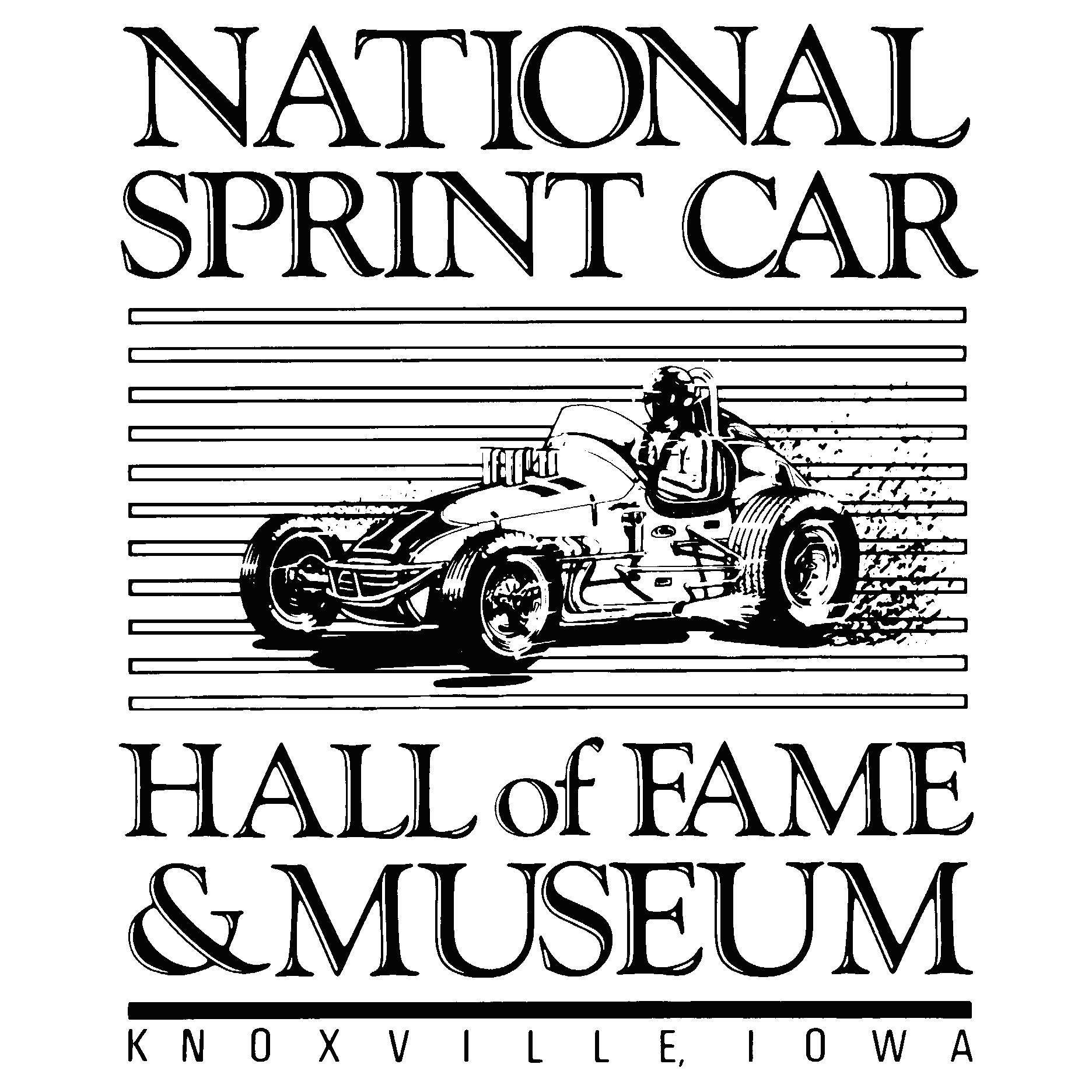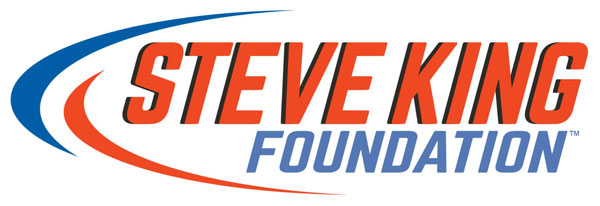Ryan Blaney remains focused on Playoffs amid safety challenges
Photo by HHP
CONCORD, N.C.—Despite a drought that has reached 41 Cup races, Ryan Blaney is in solid shape in the series Playoffs heading into Sunday’s Bank of America Roval 400.
Blaney qualified sixth on Saturday and will line up alongside teammate Austin Cindric. Their Penske teammate, Joey Logano, won the pole.
With seven stage wins, the most on the Cup tour, Blaney remains 32 points above the cut line with only the Roval standing between him and the Round of 8. But he’s still seeking his first win of 2022.
“We’re fortunate to be in a decent spot on points, so I think you kind of see how the first stage goes for you,” Blaney said. “If you can get a few points in the first stage and kind of see where everyone else is at, then maybe you flip the second one and set yourself up for the win. A lot of that is how you qualify, how the first stage goes—we’ve talked about this all week of different scenarios, but there are a handful of guys—there are a few guys in the playoffs that I think will flip every stage.
“You’ve got the 9 (Chase Elliott, points leader), the 20 (Christopher Bell), who probably has to win, the 8 (Tyler Reddick) has been good—he’s not part of the playoffs anymore, but the 8 has been really good on road courses, so he’ll flip everything. Our strategy is seeing how the first stage goes and kind of go from there.”
Relative security in the Playoffs is one thing. Security in the Next Gen race car is something quite different, and that’s what drivers wanted to discuss on Saturday at Charlotte Motor Speedway, where NASCAR’s safety meeting with competitors lasted 75 minutes.
Spurring the discussion was a Sept. 25 crash At Texas Motor Speedway that appeared benign but landed Alex Bowman on the sidelines alongside former champion Kurt Busch.
On Saturday, Blaney couldn’t avoid being asked whether he feels safe in the No. 12 Team Penske Ford.
“Honestly, I can’t speak for everybody, I can only speak for myself, but it’s not something I think about when I strap in the car,” Blaney said. “You think about that stuff during the week and when we have these meetings, ‘OK, how can we improve this,’ but when I strap in the race car I don’t think about my safety, I think about how to go as fast as I can. That’s just something that I have to do.
“If I think about multiple things, I’m not focused on the task at hand, so that’s not something that pops into my head when I strap in, so that’s the best answer I can give you. That’s just me personally.”
Since Byron suffered a vicious wreck while testing the Next Gen car at Auto Club Speedway in 2021, and described the hit as the most violent of his career, the biggest complaint of the new vehicle is the rigidity of the rear clip. The car was originally designed to reinforce the area around the fuel cells to decrease the potential of fire.
In the effort to protect the fuel cell, there wasn’t significant attention paid to the ability of the back of the car to absorb impact—an issue not satisfactorily addressed due to the sanctioning body itself suffering from a shortage of parts due to limiting production to single-source outlets. Those manufacturers faced the same supply line issues of many businesses throughout the pandemic.
One of the top stories entering the 2022 season was whether race teams would receive enough parts and pieces from NASCAR’s suppliers to race at Daytona. While the show went on as the sanctioning body rationed parts to the teams, there was limited crash testing on the new car prior to its debut at the LA Coliseum last February.
Throughout the Cup season, one driver after the next described the crashes as noticeably more brutal than anything they experienced in the old car.
“It’s just how rigid the cars are,” Blaney said. “There’s just no give. There’s no crush. You look at a picture of our car from last year and you back one in the wall and the whole rear clip is gone. It just folds all the way under and that’s just taking g’s out as it crushes until you actually get to the hard point. The hard point is immediate, so there’s no crush. It’s just a huge spike in g’s, so that’s the biggest issue.
“The unfortunate side is we knew about this stuff before coming into this year and we thought it would be OK and it wasn’t. It is harder. Heck, you had guys saying right away in preseason testing like, ‘These hits feel a lot harder than what it was last year,’ and to us, it’s frustrating that no one listened or believed because we’re the only ones who feel these hits.”
The sanctioning body insisted that the data received from the accelerometers didn’t back up the description of the crashes from the drivers.
“No one from NASCAR is strapping in and going and feeling these hits,” Blaney added. “I’ve always said, ‘All right, go strap in this thing and go wreck it at 160 (mph) with the old car and then go wreck this new one at 160 and you tell me how you feel after the hit.’
“You’re gonna know it’s harder. They’re definitely more stiff. They’re good at the really high impact. That’s what it’s designed for, but some of the medium impacts feel way harder than the last car, for sure.”
Following a rash of complaints by the drivers who suffered one brutal hit after another—particularly when backing into the wall—NASCAR worked to develop a new rear clip. The pieces were tested at the Impact Lab last Wednesday at the Transportation Research Center (TRC) in East Liberty, Oho.
After an update from Jeff Burton, the liaison between the competitors and NASCAR, to the drivers last weekend at Talladega Superspeedway, Blaney felt encouraged entering the safety meeting at Charlotte on Saturday. He felt the drivers were prepared for the next stage of discussions.
At 28, Blaney expects to be in the sport for a while. Although difficult, it’s to his advantage not to be distracted by the ongoing safety concerns when strapping into the car. There’s a lot of common sense to the old motorsports adage: a driver should never race scared.
Still, who makes that decision? More important, in a case such as Bowman’s, when after hitting he’s clearly shaken, ultimately, who should make the call for the driver to continue racing? The integrity of the car enabled Bowman to complete 232 additional laps after telling the No. 48 Hendrick Motorsports team, “I don't understand how this thing is still rolling. That’s the hardest I've crashed anything in my entire life."
Blaney has yet to cross that path.
“Fortunately, I have not been in that spot to where, knock on wood, I’ve had to make that call,” Blaney said. “That’s the hardest decision, I feel like as a race car driver, you’d ever have to make is you never want to sit out. You never want to give up your seat to somebody else and the Playoffs, too—giving up your championship. That’s a very difficult decision for Alex and Kurt to have had to make, but at the end of the day, it’s about your long-term health and I think it was good that they were able to—in the unfortunate situation of realizing that ‘I don’t feel right. I need to take some time to get better.’
“That’s really tough to make because the competitor in you always wants to keep going, but you have to take yourself out of that competition side and realize on your personal health side that you have to make a smart choice. I feel like that’s a personal decision to yourself because you’re the only one who knows how you’re feeling. If you feel wrong, then you have to go see and get some help and see what they think and stuff like that, but, at the end of the day, that’s a personal choice for you.
“But, in the moment, Alex kept going. The adrenaline is high and maybe you don’t know these things or sometimes the concussion side sets in later—those effects. I can’t tell you how Alex was feeling. I don’t know, but that’s an internal feeling I feel you have to make.”

.png)





